
Just as it is so with human beings, so also do our horses suffer from this painful and crippling disease. Arthritis of course, is the thinning and stripping away of bone joint cartilage over a period of time and is most common in the stages of old age. Horse arthritis like human has two different types of which one is more physically visible than the other. Generally, there is a dramatic change in a horse's joint stability by the time they reach 15 years of age. However, a lifestyle that is in high demand of physical ability can often lead to a premature onset of the disease. In fact, Arthritis in a horse can come quite unexpectedly as their weight forces added pressure on their bones, which can lead to early erosion of the protective cartilage between the joints.
Sometimes, if caught at an early stage the joints can regenerate if aided by additional protection. This is why it is best to treat horse arthritis in an early phase to ensure the most effective recovery rate. The main symptoms of this disease to watch for are as follows: If your horse hesitates to execute maneuvers that were once routine to him, noticeable bumps/swelling of the joints in his legs, noticeable grinding of the joints while you ride or work him out, if you notice that there is a little puffiness in his leg joints. Sometimes, your horse may exhibit noticeable awkwardness or difficulty in his gait that might taper off after a while during the work out. Another sign to watch out for is if you horse shows signs of stiffness after having stood or lain in his stall all day.
If you suspect that your horse could indeed be suffering from an arthritic condition then there are certain measures you can take to ensure that his suffering does not last. Horse arthritis can be tricky to diagnose, however, so here are a few extra measures to take. For one, you can give your horse a daily check by a gentle examination of his joints. What you want to look for are indications of swelling or exaggerated indentions between the bones. Your horse will give telltale signs if he is in great pain by flicking his tail or tensing his body. In this case when the reactions he gives are too intense it is time to call a vet for further assistance. However, if there are no major rejections shown by the animal then a simple home treatment will suffice. Keeping him confined for a day or two and giving him a brief workout on the line is the best way to minimize his chances for getting arthritis.
With horse Arthritis there are a number of treatment options depending upon the severity of his condition. Most of the medicinal types of treatment come in the form of injections like steroids. Just remember it is best to use a short-term treatment plan when using steroids, so you don't wind up with other medical issues pertaining to your horse. Other treatments that are more natural consist of herbal ingredients. If you are unsure as to the extent of your horse's arthritic problems or are uncertain if the signs truly are related to horse arthritis then it would be best to consult your veterinarian before distributing any type of treatment.
 Choosing Safe Dog Toys for Your Small Dog
Choosing Safe Dog Toys for Your Small Dog
 Get Equine Ulcer Supplements To Keep Your Horse Happy And Healthy
Get Equine Ulcer Supplements To Keep Your Horse Happy And Healthy
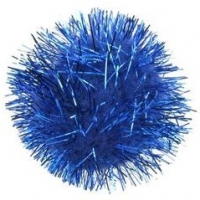 My Cat Skiibowski Loves To Play Fetch With His Sparkle Blue Ball, I Swear He Is Part Dog
My Cat Skiibowski Loves To Play Fetch With His Sparkle Blue Ball, I Swear He Is Part Dog
 Ten Fun Facts About Dogs For Kids
Ten Fun Facts About Dogs For Kids
 Ten Ways In Which Canine Diet May Affect Behaviour
Ten Ways In Which Canine Diet May Affect Behaviour
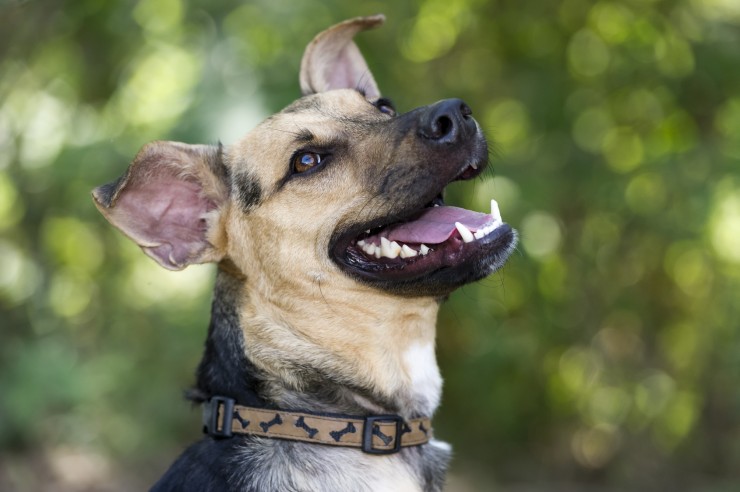 Dental Implants - For Dogs ?
Dental Implants - For Dogs ?
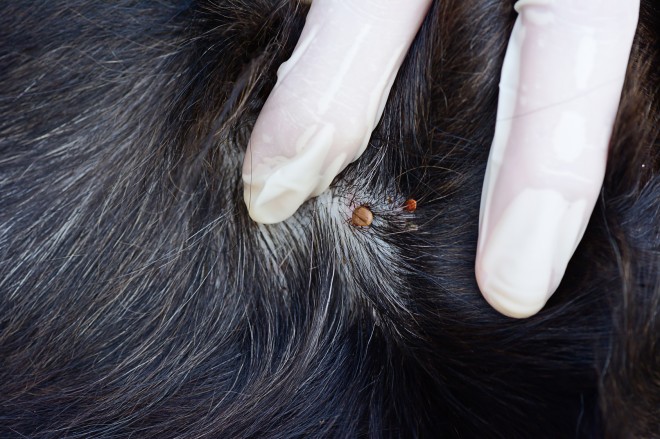 How Do Dogs Catch Fleas, Ticks And Other Parasites?
How Do Dogs Catch
How Do Dogs Catch Fleas, Ticks And Other Parasites?
How Do Dogs Catch
 2 Breeds Of Cat That Boast Longer Lifespans
2 Breeds Of Cat T
2 Breeds Of Cat That Boast Longer Lifespans
2 Breeds Of Cat T
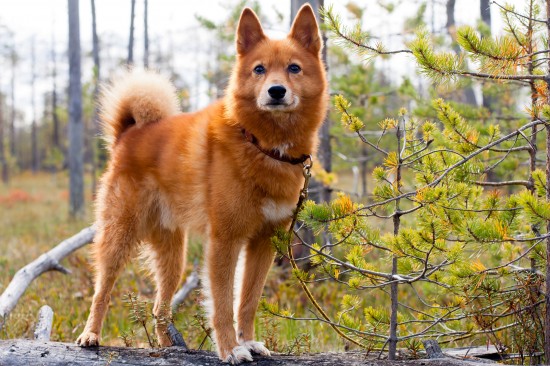 Is The Finnish Spitz Dog A Good Domestic Pet?
Is The Finnish Sp
Is The Finnish Spitz Dog A Good Domestic Pet?
Is The Finnish Sp
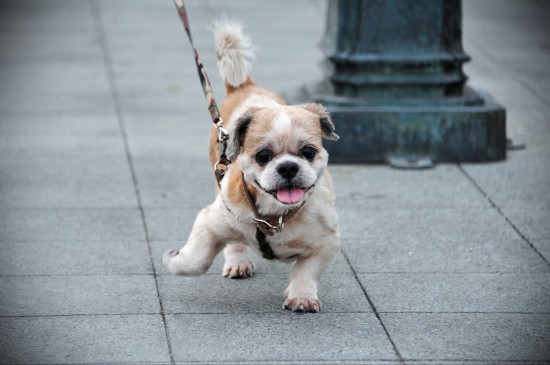 Should I Train My Dog Before Or After Taking Them For A Walk?
Should I Train My
Should I Train My Dog Before Or After Taking Them For A Walk?
Should I Train My
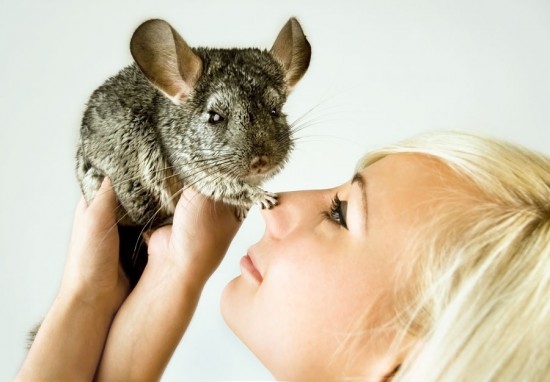 The Link Between Heatstroke And Seizures In Chinchillas
The Link Between
The Link Between Heatstroke And Seizures In Chinchillas
The Link Between
Copyright © 2005-2016 Pet Information All Rights Reserved
Contact us: www162date@outlook.com